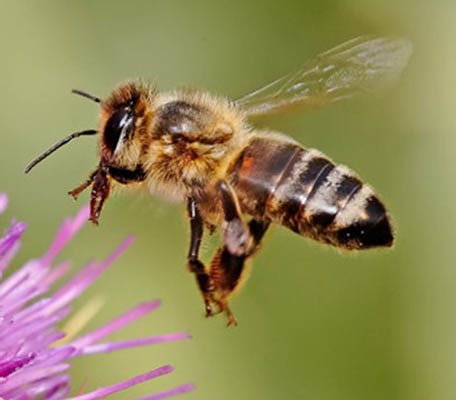 My friend introduced me to the concept of quesadillas as a quick meal a couple of years ago. Since then, they have been a regular meal at our home. Last, night I made chicken-mushroom quesadillas which were a hit here. The great thing about them is you can put about anything between them that you would put between two slices of bread plus more. Here is the recipe from last night. The middle portion can be easily adapted to whatever your creativity allows.
My friend introduced me to the concept of quesadillas as a quick meal a couple of years ago. Since then, they have been a regular meal at our home. Last, night I made chicken-mushroom quesadillas which were a hit here. The great thing about them is you can put about anything between them that you would put between two slices of bread plus more. Here is the recipe from last night. The middle portion can be easily adapted to whatever your creativity allows.Chicken-Mushroom Quesadilla
(makes 4 quesadillas)
8 whole wheat tortillas
4 oz cheddar or mexican blend shredded cheese
1/2 cup or more cooked chicken (this is a great way to use extra chicken up)
1-8 oz package mushrooms
1 small sweet pepper
1 medium onion
1-2 Tbls fresh or dried cilantro
2 Tbls olive oil
Put olive oil in small skillet. Cut up onions, peppers and mushrooms into pan. Saute until tender. Set aside in a little container. Spray a tortilla lightly with cooking spray. Put spray side down in same skillet used to saute veggies. Sprinkle on 1/4 of middle ingredients-veggies, cheese, chicken, cilantro. Spray another tortilla with oil spray. Put spray side up on top of middle ingredients. Cook until light brown on both sides and cheese melted in the middle. Once the pan is hot this will only take about 2 minutes per side so watch closely. Remove from pan and cut into fourths. Serve plain or with salsa, sour cream or any other topping your family may like or need used up. Enjoy!
I have used many other toppings for this such as leftover taco meat, beans, salsa, ham/cheese, pepperoni/cheese/pizza sauce. As I said before the list can be as long and short as your creativity. It is a great way to use up those leftovers.





.bmp)